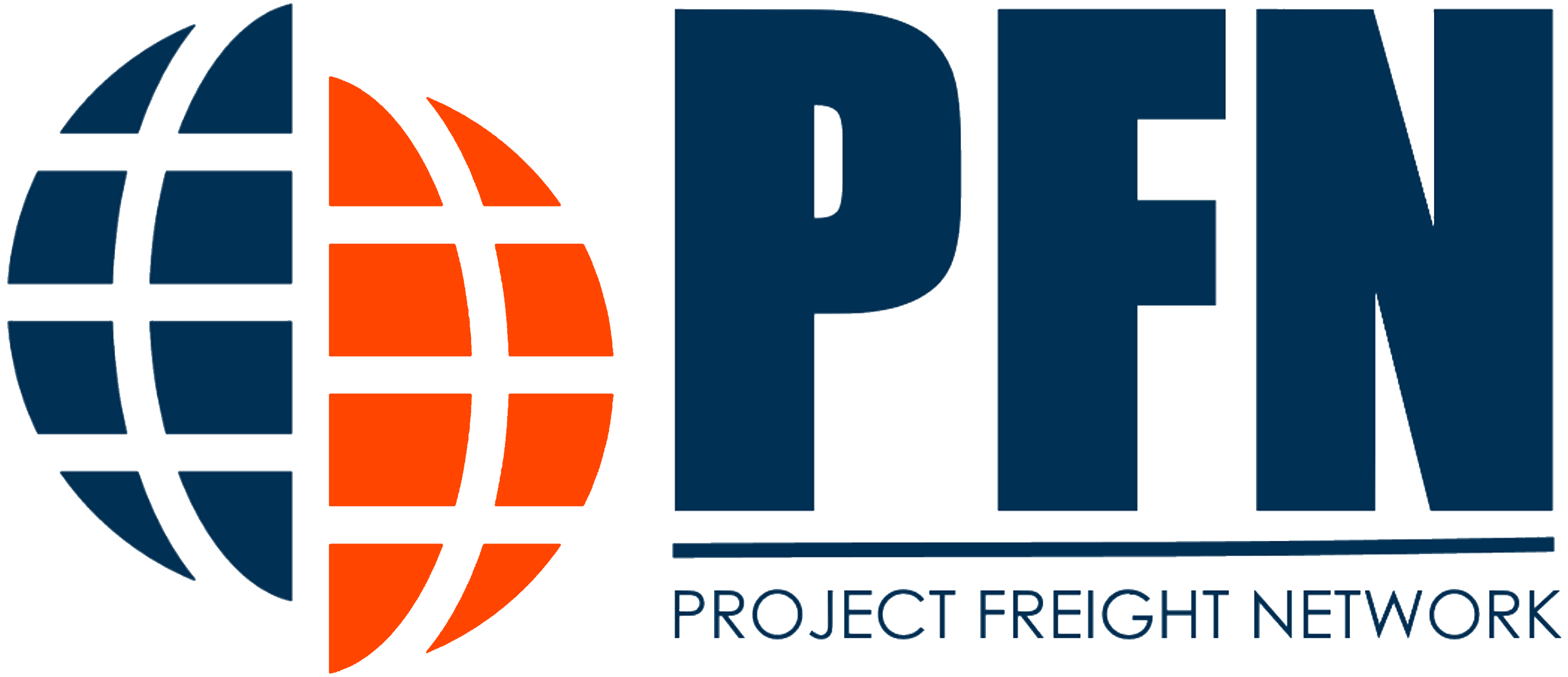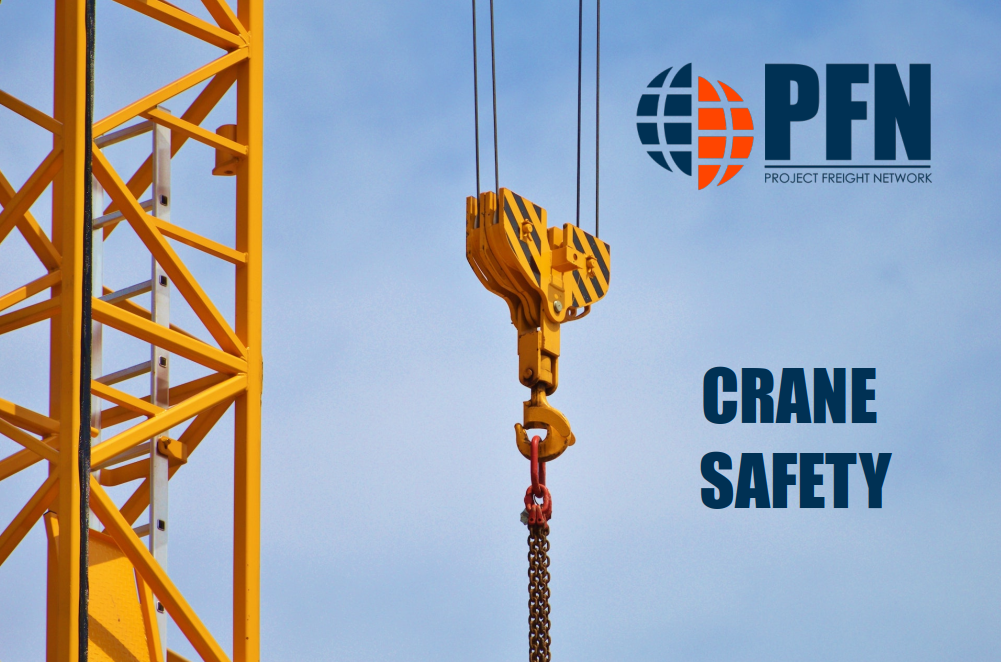Crane accidents are often caused by a lack of proper safety measures and procedures. The consequences of these accidents can be severe, leading to injuries or fatalities, property damage, and financial losses. Therefore, it is essential to take steps to prevent these accidents from happening.
Understanding Crane Safety
Before discussing how to prevent crane accidents, it is crucial to understand the basic safety measures and procedures for crane operations. Cranes are complex machines that require specific safety measures to be in place. Some of the key safety measures include:
- Inspection and maintenance: Regular inspections and maintenance of cranes are critical to ensure that they are in good working condition and meet safety standards.
- Operator training: Crane operators should be properly trained and certified to operate the specific type of crane they are using.
- Load capacity: Cranes should only be used to lift loads that are within their load capacity.
- Ground conditions: The ground conditions should be suitable for crane operations and should be inspected before the crane is set up.
- Weather conditions: Cranes should not be operated in adverse weather conditions, such as high winds, heavy rain, or snow.
Preventing Crane Accidents
Now that we have established the basic safety measures, let’s discuss specific steps you can take to prevent crane accidents.
- Conduct Pre-Job Planning
Before starting any crane operation, it is essential to conduct pre-job planning. This planning should include a thorough risk assessment of the operation, identification of any potential hazards, and the development of a plan to mitigate these hazards. It is also important to ensure that all personnel involved in the operation are properly trained and equipped to perform their tasks safely. - Ensure Proper Communication
Clear communication between the crane operator, signal person, and any other personnel involved in the operation is critical for preventing accidents. All personnel should understand their roles and responsibilities and should use standardized hand signals or communication devices to relay information. - Use Proper Rigging Techniques
Using proper rigging techniques is crucial for ensuring that loads are lifted and moved safely. The rigging should be inspected before use to ensure that it is in good condition and properly rated for the load. All rigging should be properly attached to the load and the crane, and the load should be balanced and centered. - Monitor the Load and Environment
The crane operator should continuously monitor the load and the environment to ensure that everything is stable and safe. If any changes occur that could affect the stability or safety of the operation, the operation should be stopped immediately, and the situation should be assessed.
Preventing crane accidents requires a comprehensive approach that includes proper safety measures and procedures, pre-job planning, clear communication, proper rigging techniques, and continuous monitoring of the load and environment. Our moto is has always been “Check And Verify“. By implementing these steps, you can help ensure that crane operations are performed safely and prevent accidents from happening.
We hope that this PFN article has been informative and helpful in your efforts to prevent crane accidents. If you have any further questions or concerns about crane safety, please do not hesitate to contact us at info@pfn-network.com, or one of our members.







